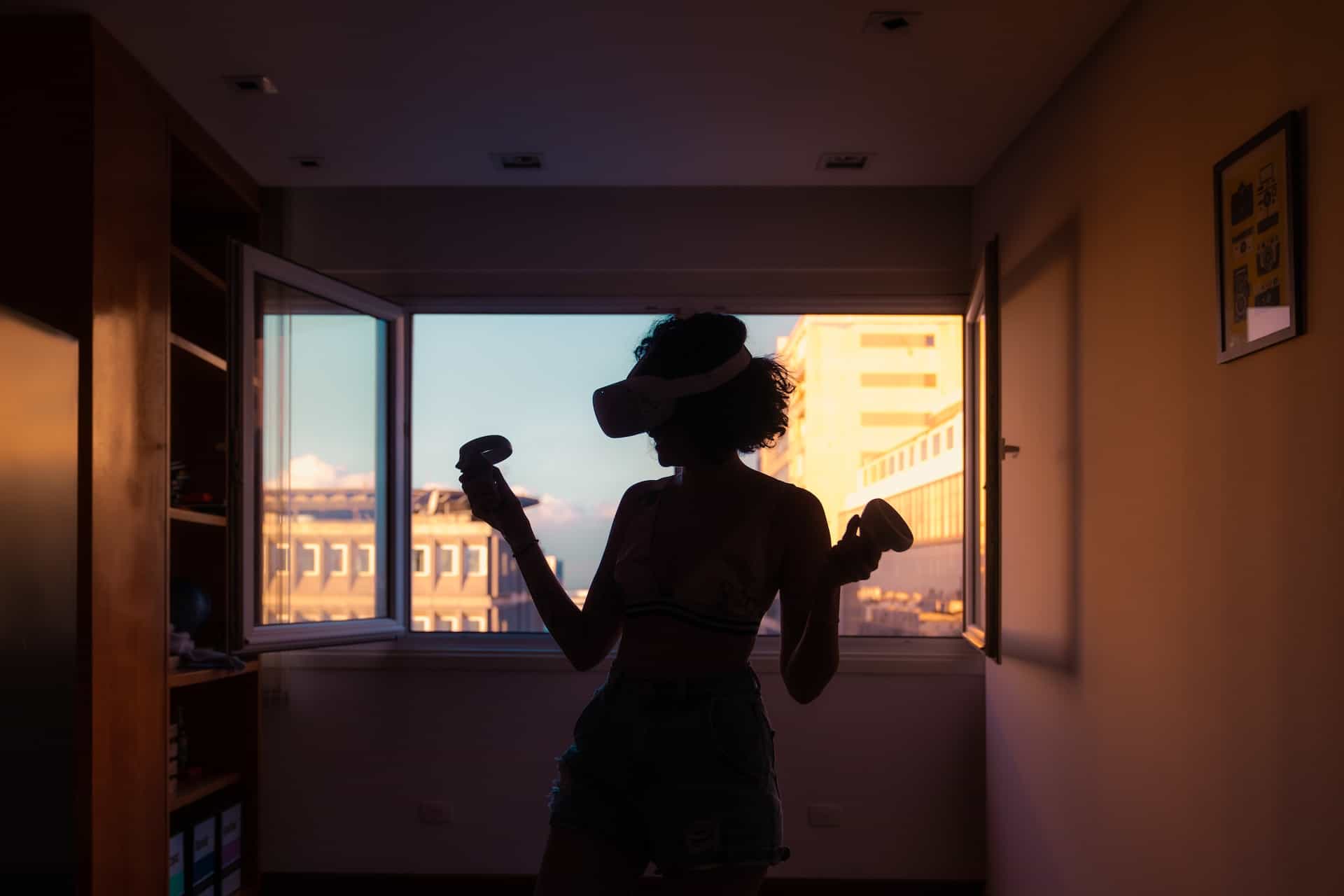Virtual reality’s defining feature is that it alters our relationships with electronic devices and offers us a completely new view of the world around us. Explore the way all these technologies come together to usher in a new age of possibility and transform the way we interact with the digital and material worlds around us.
Endless possibilities
What if you could have whatever experience you wanted, whenever you wanted, no matter where you were? The use of VR technology permits this. Just as the folks at this VR company in Singapore explain, by using a smartphone or virtual reality headset, users may enter a virtual world that provides them with a full 360 degrees of “space” in which to move and interact. Imagine yourself being able to visit the past and see life hundreds or thousands of years ago. You may go to ancient Greece and then forward through time to Florence at the height of the Renaissance. You might alternatively put yourself through the motions of a typical group exercise session, complete with the invigorating atmosphere and supportive community that come with it. The potential outcomes are limitless.
More enjoyable
The immersive nature of VR and AR makes for engaging material. It’s not the same thing as letting a user only see their favorite content instead of experiencing it, and that’s why immersive experiences are so popular. Instead, clients like the freedom to do as they choose because of the immersive nature of life-size visuals and interactive features.
Better interaction
The interactive nature of virtual and augmented reality allows the user to participate in the exploration process in real time.
Avatars and other characters in the video may be interacted with in whatever way the user chooses. This has opened up new doors for those who utilize virtual reality (VR) in fields including marketing, education, training, remote maintenance, and gaming.
Safety
To replicate, test, and mimic real-world actions for military, healthcare services, education-based training, and other reasons, businesses need not put their personnel and workers in potentially dangerous circumstances. This is yet another way VR has transformed the world we live in, given it provides safety and a more comfortable environment to work in.
Helping the environment
Reducing emissions and conserving energy are only two of the many ways that virtual reality (VR) is good for the planet. Using VR, people can go where they need to go without resorting to gas-guzzling modes of transportation. As a result, this has the potential to drastically cut down on transportation-related pollution.
Helping education
Virtual reality (VR) allows students to experience and engage with locations that would otherwise be inaccessible to them. Students may, for instance, fly to outer space and experience the wonder of the universe or explore the inner workings of the human body and view the inner workings of the organs. In contrast, augmented reality (AR) may improve education by superimposing digital data onto physical items.
When these tools are used in the classroom, learning becomes more interactive and interesting. For instance, students in a history lesson may participate in reenactments, or those in a biology class could examine the anatomy of various creatures in three dimensions. Virtual and augmented reality have endless potential to enhance learning.
Many people are gaining the skills they’ll need to pursue careers in medicine, aviation, and space travel thanks to virtual reality technology. Virtual reality is opening up a wide variety of educational pathways for individuals to pursue, preparing them to excel in a wide range of professions. In spite of the device’s potential drawbacks, virtual reality has the potential to overwhelm the ‘no’ and bring about good change in the world.
